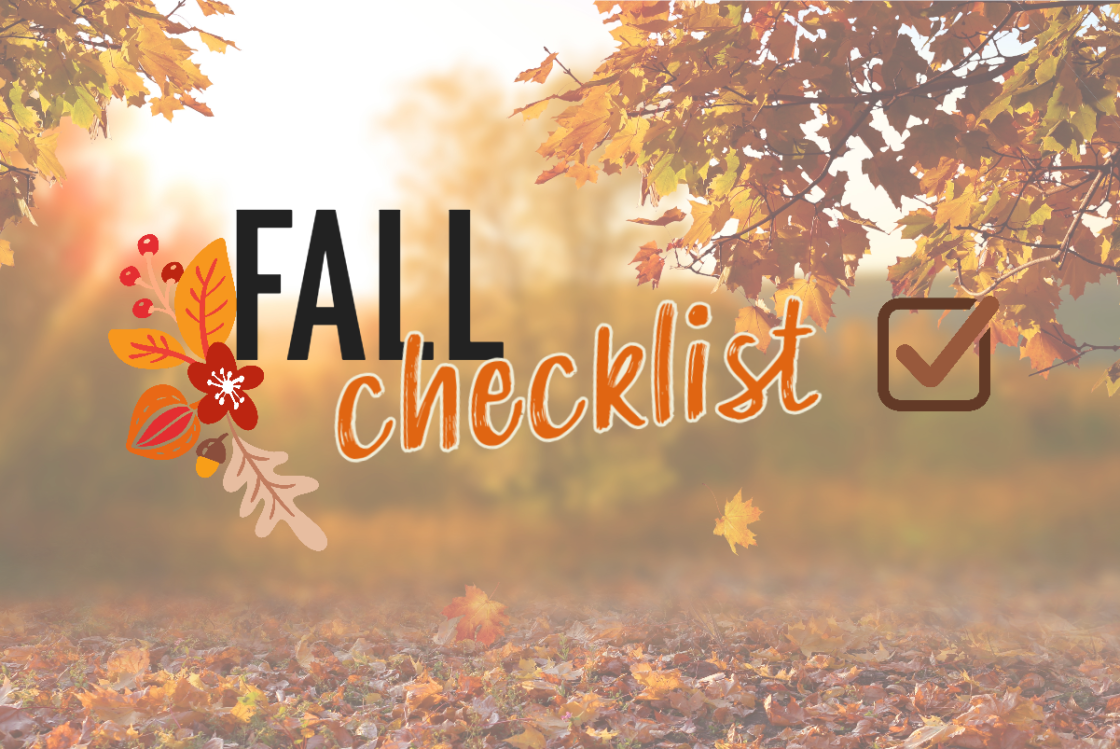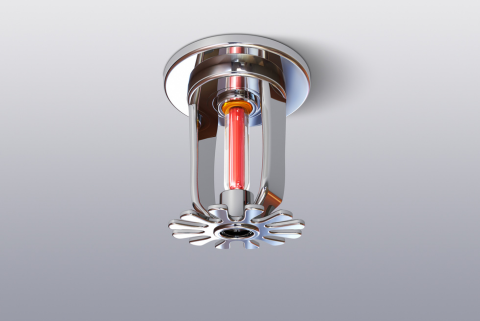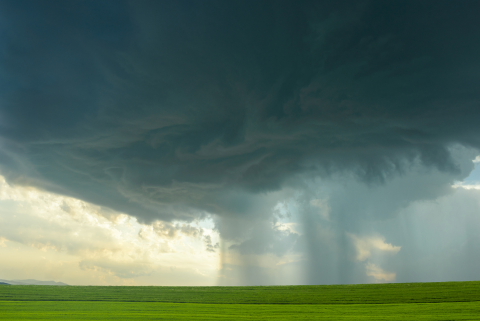
Fall Checklist
Interior Maintenance
-
Check for drafts. Feel for drafts around edges of windows and doors. Light a candle to test. If the flame flickers, there’s a draft.
-
Change air filters. To maximize energy savings and safety, have your furnace inspected and filters changed.
-
Cover/winterize air conditioning. If your home has central air conditioning, it’s good practice to cover your outdoor unit for winter.
-
Buy a programmable thermostat and monitor temperature settings.
-
Check dryer vents for rips/ holes. Vacuum or brush out lint in the dryer hose and around the lint screen.
-
Test home safety devices. Replace batteries in all smoke detectors and carbon monoxide devices.
-
Clean humidifiers. Replace old filters and clean inside compartment. Vinegar works well.
-
Visually check the interior structure of your home. Changes in the foundation, in the basement, cracks in the wall, or unleveled floors should be checked out by professionals before snow starts to fall.
Exterior Maintenance
-
Remember the roof. Perform a visual inspection of the roof from the ground. Look for any missing, damaged, or loose shingles.
-
Check your chimney and fireplace. Especially if you use it often or own a wood stove, have your chimney cleaned and inspected by a professional.
-
Inspect siding. Check home exterior for cracks or holes.
-
Clean gutters. Hire a service or do it yourself. Remove leaves, nests, and any other debris. Check for leaks, too.
-
Check water drainage. Rainwater downspouts should be clear of obstructions and direct water away from foundations, walkways, and driveways.
-
Check for cracks. Cracks in concrete or asphalt can expand and cause more damage and trip hazards in winter months.
-
Turn off faucets and store hoses. Drain garden hoses and disconnect from outside spigots.
-
Service sprinklers and irrigation system.
-
Inspect trees. Check for damaged limbs that may break or that are too close to power lines or the roof.
-
Prune your plants. Keep limbs/ branches at least three feet from your house. Prevents wind damage and moisture dripping onto roofing and siding.
-
Move flowerpots. If you keep plants or flowers in pots year-round, bring them inside. If you replace plants every year, empty, clean, and dry pots and put them away for next spring.
-
Remove leaves. Rake and remove leaves. Place into a compost pile if you have one.
-
Fertilize lawn. Applying lawn fertilizer in the fall helps prevent winter damage and spring weeds.
-
Store seasonal furniture.
-
Reorganize heavy outdoor equipment and empty fuel tanks.
-
Close the pool.
In the Garage/Shed
-
Organize the shed. Move summer items to the back and winter items up front for better access. Remove any liquids that will freeze.
-
Service summer power equipment. Empty fuel and clean lawnmower and trimmer. Have lawnmower blades sharpened and oil changed.
-
Store summer vehicles. If you have a motorcycle, summer car, ATV or other seasonal vehicle, arrange to have it serviced.
-
Get winter equipment ready. Service snow blower and make sure it is ready to use when needed.
-
Test your generator. If you have an emergency generator for power outages, give it a test to ensure it’s in good working order.
-
Buy gasoline. Purchase extra gas to have on hand for your snow blower or generator, in case of emergencies. Always store gasoline in tanks away from fire sources and out of children’s reach.
-
Clean your garage. Since you’re in the garage prepping for fall, you might as well purge, organize and clean it while you’re there!


